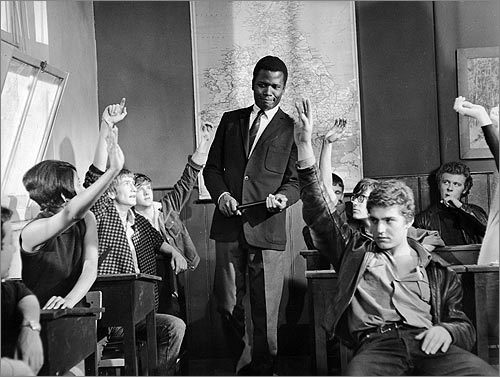The MEIT Program has been one of profound personal and professional growth for myself. I enrolled in the Master of Education (M.E.) in Instructional Technology at Cardinal Stritch University with the primary goal of being more competitive in my field as a Software Trainer. Although I have worked with adult learners during my fifteen years as an educator, I wanted to become more well-rounded in a program with K-12 cohorts. During this time I discovered that many of the adult learning principles are extensions of early education best practices. There are slight differences but for the most part they mirror one another.
A big boost to my skill set were the explorations of classroom strategies enhanced with technology and differentiated instruction. The modifications I made to existing courses to incorporate collaborative technologies and authentic learning were valuable experiences that I will carry forth into my future professional work.
One of the biggest areas of growth has been the use of Web 2.0 technologies. Already proficient with synchronous meeting spaces, the MEIT Program explored the use of wikis, blogs, social media and cloud computing resources. What a pleasant surprise to find programs like Skype and Tokbox were free for videoconferencing. I learned to cast aside the notion that anything you get for free can't be any good and embraced Google Docs, Zoho and other Web-hosted applications that did not require a thick-client.
I did think that the MEIT Program would spend more time on thick-client tools that are still in great use by businesses. Adobe Captivate, Articulate, Lectora and others are popular tools for creating Elearning modules. Over time, these products will serve a diminishing market niche as firms transition to Web-based tools. Thankfully, the MEIT Program focused on the learning strategies and presentation skills independent of any single tool. It doesn't matter if the tools are in the clouds or located on my hard drive, it's all about the intended outcomes.
As I look back on my blog posts throughout the MEIT Program I can see where I transitioned from 20th Century technologies and strategies to ones that are relevant in the current millennium. 21st Century Skills are the new normal for businesses and education. Critical thinking, problem-solving and digital literacy along with team/student-centric learning reflect the needs for today's economy. Interestingly enough, in my own experience the digital natives of today are quite comfortable with new technologies but many lack the depth or strategies to obtain greater value in their use. In that sense, my skill set has been enhanced not only by cloud-computing Web 2.0 applications but through a deepened understanding of their effective use which I intend to impart to others.
On a final note, I am sad to see the MEIT Program come to an end. It has challenged my personal views of newer technologies and provided a new perspective on collaborative learning in the 21st Century. Sure, I was pushed outside of my comfort zone but I came to realize that I was at the forefront of a new approach to learning. I felt like an early explorer on the verge of a new frontier. A few people had tread before me, but everything was new and the possibilities, well, limitless! Am I still a Software Trainer? No. I am an eLearning Professional skilled in course design and delivery. Now, I need to march forward and carry my new skills into my next workplace.































